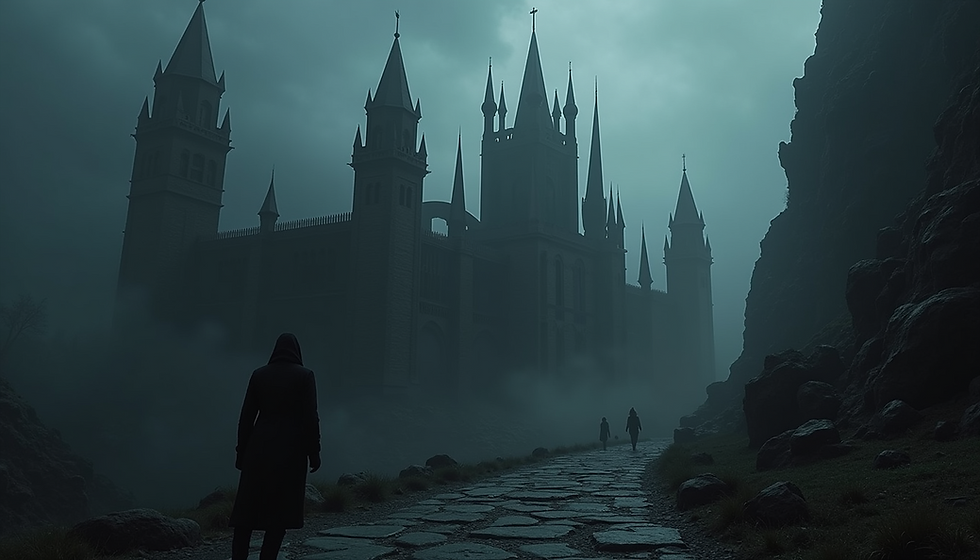Global Warming and Net Zero Energy Buildings
- Britney Heerten

- Jan 7, 2022
- 2 min read
Updated: Jun 6, 2024
Energy.gov describes Net Zero Energy Buildings as "buildings that combine energy efficiency and renewable energy generation to consume only as much energy as can be produced onsite through renewable resources over a specified time period. "
Worldbc.org says: "Building sector—responsible for 30 percent of global emissions—has steep climb toward achieving Paris Agreement targets. The building sector, which is responsible for global emissions roughly equivalent to that of China, must operate at “net zero carbon” by 2050 if global warming is to remain under two degrees Celsius, the limit enshrined in the Paris Agreement. According to a new report by the World Green Building Council (WorldGBC), there are currently 500 net-zero commercial buildings and 2,000 net-zero homes around the globe (well under 1 percent of all buildings worldwide), requiring a monumental and coordinated effort by businesses, governments and non-governmental organizations to bring the building sector within striking distance of Paris Agreement targets."
In the future will all new buildings be required to be constructed as net-zero?
I believe that someday they will. Building codes evolve each year, and as the population becomes more and more aware of the changing conditions on Earth, due to climate change, the amounts of emissions allowed per building are likely to change gradually.
Features of NZEBs
Schneider-critical.com describes the features of Net Zero Energy Buildings (NZEBs) as follows: While many new zero energy buildings are being built, the energy-efficiency improvements can also be applied to existing buildings around the world. Some features of NZEBs include:
High levels of insulation and sealing
High-performance windows and doors
Energy-efficient lighting, electronics, and equipment
Smart design, including floor plans, building size, window placement, landscaping, and exposure to the sun
Renewable energy sources such as solar, wind, and hydro energy.
Factors to take into account:
Climate
Sun
Wind patterns
Temperature
Rain patterns
The cost of building a net-zero energy building may cost more upfront, but the cost of energy bills will be lower.
Sources:





Comments